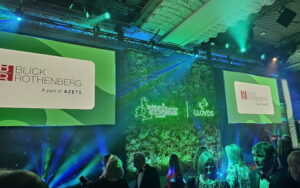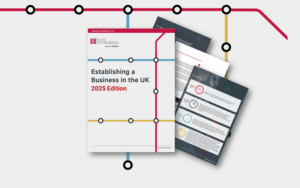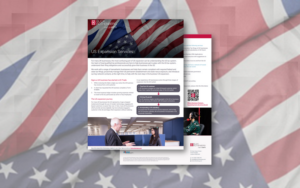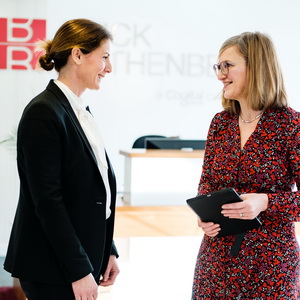Recognition Schemes – Everyone likes to feel the love!
Employers cannot afford to ignore opportunities to engage their people
Recognition Schemes – Everyone likes to feel the love!
Recognition schemes are a hugely important part of an employer’s toolkit for engaging their people and making them feel valued, and yet these schemes are often misunderstood, lightweight bolt-ons with really limited value-add and no clear purpose. More than this, it is a missed opportunity and with the current talent shortages in the market, most employers cannot afford to ignore opportunities to engage their people.
Poor practice
I have seen some really poor recognition schemes being deployed. For example:
- a professional services firm gave employees a certificate of recognition signed by their business leader, which sounds great. The only problem being that the certificate came encased in a lump of clear (and very heavy) plastic that was about 2 inches deep and a little larger than an A5 piece of paper. Quite what employees were supposed to do with these lumps of plastic was never quite understood and so they were all dumped into a pile in a corner of the office.
- A retailer who gave employees a little plastic hand as a show of thanks when they had helped out another colleague. These were pinned to the privacy screens around desks with initial pride, but it wasn’t too long before fingers were snapped off as a way of sending somewhat inappropriate messages to colleagues on adjacent desks!
- Some of those automated schemes which give recipients ‘points’ that they can exchange for goods. Updated versions of the paper voucher schemes that petrol stations used to offer in the 1990s and when you had what felt like several thousand of them, you could trade them in for a single wine glass!
These schemes might have been effective and well-intended once but when they stop adding value, they need to go.
Best practice
Some employers do get it right. These have recognition schemes that are valued by employees and become anchor points of the organisation’s culture.
For example, a large energy company gives their scheme winners two copies of a personalised letter that is hand-signed by the CEO. One copy is framed and mounted on a wall in their team area and the other is delivered like a scroll in a ribbon for them to take home. At the end of the year, all winners and their partners are invited to a Gala dinner hosted by the Executive team who visit and spend time at every table where they add their personal thanks to the winners. Professional Photos are taken, and a small brochure is produced which profiles the winners and which is given to all attendees with copies being left in reception for visitors to browse. The kudos and status of this event is highly significant, and invitations are always treasured and accepted!
What makes the energy company scheme so effective is that:
- It is highly personalised with individual letters and Executives who make sure that they discuss the specific achievement with the individual
- It is culturally aligned and relevant – the right scheme in the right place
- It has status and kudos within the business and is highly respected
- The after-event brochure profiles the recipients and what they did to earn the award which is really powerful in communicating the organisation’s values and culture
- It makes employees feel valued and they know that their contribution has been noticed at the highest levels
Awards do not have to be hugely expensive to be valued by the employee, but they do need to be personalised. People really do not want a one-size-fits-all approach; they enjoy knowing that their personal contribution has been recognised and valued (as per the energy company example above).
When recognition schemes are designed with care and thought and when their importance as a communication tool is understood they can be hugely effective. They send powerful (and timely) messages about precisely what an employer values and, as such, are critical in helping to drive desired behaviours and culture. They do all of this on a regular basis throughout the year and employers do not have many (maybe even any?) other vehicles for such regular and powerful communication.
With all of that in mind, when was the last time your business checked in on its recognition scheme and reviewed its impact? Is it being celebrated and loved by employees or is it largely redundant and only wheeled out when someone remembers there is a budget for it? For such a potent and impactful part of your employee toolkit, is it not worth a little time to ensure you’re making full use of its potential?
Would you like to know more?
If you have any questions about the above and how it applies to your business, please get in touch with your usual Blick Rothenberg contact or using the form below.
Contact Us
You may also be interested in

10 key considerations when developing an effective Performance Management approach

The Performance Management Scapegoat













